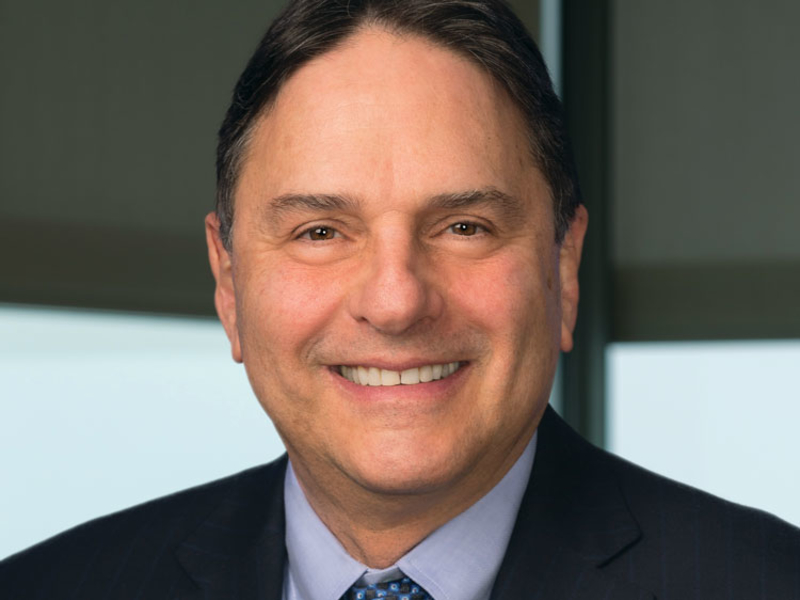Recent estimates from money manager Barrow, Hanley, Mewhinney & Strauss LLC show the average U.S. corporate pension plan funding ratio has fallen more than 12 percentage points year-to-date through March 12 to 76.6%, from 88.7% as of Dec. 31.
The lower the funding ratio, the less likely a plan is able to execute PRT transactions without injecting cash into the plan.
With other economic concerns for companies — for example, making sure they have working capital, liquidity and are able to roll over their debt — it is unlikely companies will want to make the necessary discretionary contributions, which is short-term bad news for PRT deal flow, Mr. McLaughlin said.
The deal flow will not end entirely, however. Some plans will be able to execute some kinds of transactions.
Mr. Jacobs said companies that have been planning full terminations of corporate DB plans should still see those go forward in 2020 since those kinds of transactions take a year or more to plan.
“Terminations in the docket that are scheduled for the second half of 2020 were put in motion back in the second half of 2019 and before,” Mr. Jacobs said. “That market continues and will continue.”
What the current volatility will affect are “liftout” transactions, simply lifting out a certain population of participants from a plan and transferring their liabilities to the insurance company. It is a shorter-term decision, Mr. Jacobs said.
Mr. McLaughlin said some of these shorter-term decisions will be difficult to execute in the volatile environment.
Insurance companies that take on the high-quality credit portfolios of plans following PRT transactions want to place those portfolios in their general accounts, Mr. McLaughlin said. “They may not have the ability to do that right now.”
“For insurance companies, they’re looking to broadly hold a portfolio of corporate bonds and other structured credit investments so their pricing could look somewhat (better), but it depends how much of the spread they pass through. There is a scenario where insurance companies get more aggressive if we can work our way through this short-term volatility and things normalize and spreads are still wide, and that could enable insurance companies to provide better prices,” Mr. McLaughlin said.
“Generally speaking, the insurance companies will want to be able to get attractive pricing in the structured credit markets and they will be keen to keep the deal flow open,” Mr. McLaughlin said.
The insurance companies that receive those transferred liabilities should expect no material change in the way they do business.
“The industry is well-capitalized and it’s well-regulated, and also the investment portfolios of these companies are very well-diversified, so I have no concerns from a solvency perspective,” GSAM’s Mr. Siegel said.
“The longer this persists, the more credit losses you will see the industry bearing,” said Mr. Siegel, “but that’s expected. They are reserved for that and they hold sufficient capital for that.


